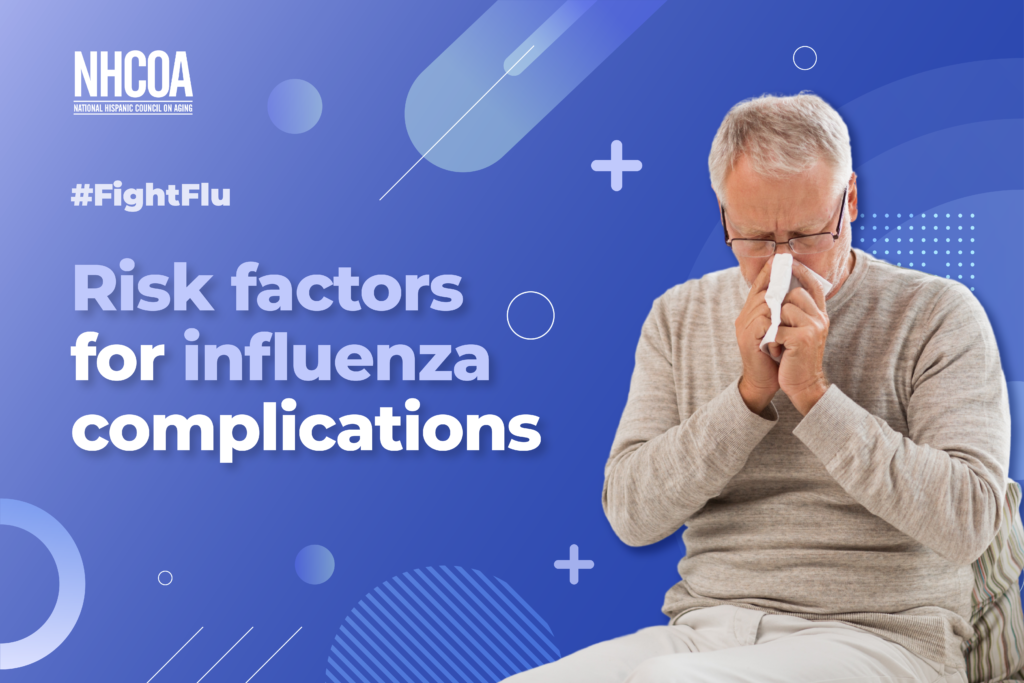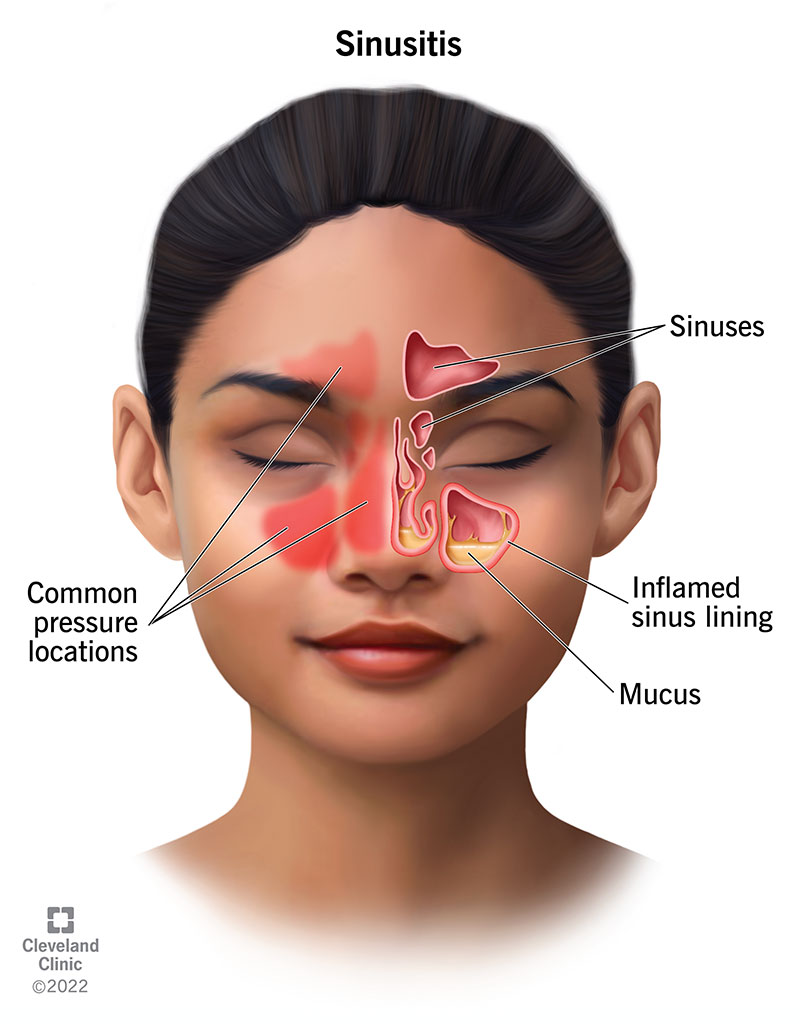i. The first influenza vaccine was approved for military use in the United States in 1945 and civilian use in 1946. This whole-virus, inactivated influenza A vaccine had been tested in military recruits and college students before approval.
How To Tell the Difference Between a Cold and the Flu | Valleywise Health
Primer Published: 28 June 2018 Influenza Florian Krammer, Gavin J. D. Smith, Ron A. M. Fouchier, Malik Peiris, Katherine Kedzierska, Peter C. Doherty, Peter Palese, Megan L. Shaw, John Treanor,

Source Image: novusbio.com
Download Image
Some people may also have nausea, vomiting, or diarrhea; these symptoms are more often seen in children. How serious is influenza? Although many people think of influenza as just a common cold, it is really a specific and serious respiratory infection that can result in hospitalization and death.

Source Image: cshl.edu
Download Image
Insights on Influenza from Families Fighting Flu Flu is a general term for seasonal influenza, which is a viral infection that attacks your respiratory system. Symptoms often come on suddenly and may seem like a cold at first, with a runny nose or congestion, sneezing and sore throat. Fever or feeling feverish (not all will experience fever with the flu)

Source Image: rightathome.net
Download Image
Which Of The Following Is Not True Of Influenza
Flu is a general term for seasonal influenza, which is a viral infection that attacks your respiratory system. Symptoms often come on suddenly and may seem like a cold at first, with a runny nose or congestion, sneezing and sore throat. Fever or feeling feverish (not all will experience fever with the flu) Influenza (mostly referred to as “flu”) is a contagious viral infection caused primarily by the influenza virus A or B. It affects mainly the upper respiratory organs (i.e., the nose, throat, bronchi, and infrequently, lungs) but other organs such as the heart, brain, and muscles can be involved. It occurs worldwide and causes considerable
Cold and Flu Season Preparation Tips for Seniors | Right at Home
Jan 10, 2024Overview. Flu, also called influenza, is an infection of the nose, throat and lungs, which are part of the respiratory system. The flu is caused by a virus. Influenza is commonly called the flu, but it’s different from the stomach “flu” viruses that cause diarrhea and vomiting. Most people with the flu get better on their own. Risk factors for influenza complications – NHCOA

Source Image: nhcoa.org
Download Image
Influenza blog, week 53: rhinovirus is the dominating virus | Government installation profile Jan 10, 2024Overview. Flu, also called influenza, is an infection of the nose, throat and lungs, which are part of the respiratory system. The flu is caused by a virus. Influenza is commonly called the flu, but it’s different from the stomach “flu” viruses that cause diarrhea and vomiting. Most people with the flu get better on their own.

Source Image: terviseamet.ee
Download Image
How To Tell the Difference Between a Cold and the Flu | Valleywise Health i. The first influenza vaccine was approved for military use in the United States in 1945 and civilian use in 1946. This whole-virus, inactivated influenza A vaccine had been tested in military recruits and college students before approval.

Source Image: valleywisehealth.org
Download Image
Insights on Influenza from Families Fighting Flu Some people may also have nausea, vomiting, or diarrhea; these symptoms are more often seen in children. How serious is influenza? Although many people think of influenza as just a common cold, it is really a specific and serious respiratory infection that can result in hospitalization and death.

Source Image: familiesfightingflu.org
Download Image
National Influenza Vaccination Week is December 5–9 | HIV.gov Oct 3, 2022fever* or feeling feverish/chills. cough. sore throat. runny or stuffy nose. muscle or body aches. headaches. fatigue (tiredness) some people may have vomiting and diarrhea, though this is more common in children than adults. *It’s important to note that not everyone with flu will have a fever.

Source Image: hiv.gov
Download Image
5 Things You Didn’t Know About the Flu Flu is a general term for seasonal influenza, which is a viral infection that attacks your respiratory system. Symptoms often come on suddenly and may seem like a cold at first, with a runny nose or congestion, sneezing and sore throat. Fever or feeling feverish (not all will experience fever with the flu)

Source Image: blog.eoscu.com
Download Image
Sinus Infection (Sinusitis): Causes, Symptoms & Treatment Influenza (mostly referred to as “flu”) is a contagious viral infection caused primarily by the influenza virus A or B. It affects mainly the upper respiratory organs (i.e., the nose, throat, bronchi, and infrequently, lungs) but other organs such as the heart, brain, and muscles can be involved. It occurs worldwide and causes considerable

Source Image: my.clevelandclinic.org
Download Image
Influenza blog, week 53: rhinovirus is the dominating virus | Government installation profile
Sinus Infection (Sinusitis): Causes, Symptoms & Treatment Primer Published: 28 June 2018 Influenza Florian Krammer, Gavin J. D. Smith, Ron A. M. Fouchier, Malik Peiris, Katherine Kedzierska, Peter C. Doherty, Peter Palese, Megan L. Shaw, John Treanor,
Insights on Influenza from Families Fighting Flu 5 Things You Didn’t Know About the Flu Oct 3, 2022fever* or feeling feverish/chills. cough. sore throat. runny or stuffy nose. muscle or body aches. headaches. fatigue (tiredness) some people may have vomiting and diarrhea, though this is more common in children than adults. *It’s important to note that not everyone with flu will have a fever.